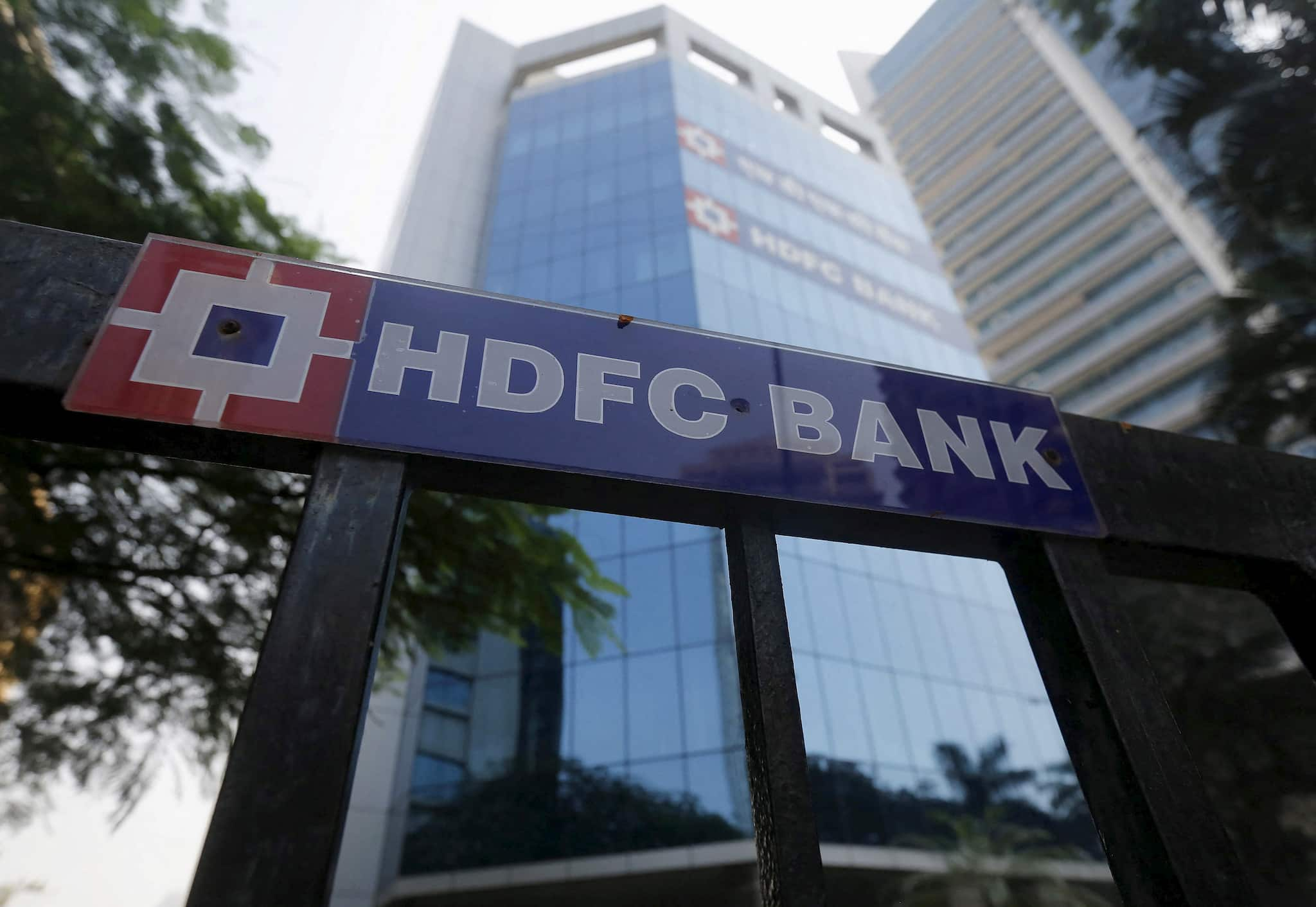 |
|
HDFC Bank, India's largest private sector lender, recently announced its financial results for the third quarter of fiscal year 25 (FY25), revealing a 2.2 percent year-on-year (YoY) increase in standalone net profit. This amounted to a robust Rs 16,736 crore, surpassing the anticipated Rs 16,650 crore projected by analysts in a Moneycontrol poll. This positive outcome, exceeding market expectations, is a significant indicator of the bank's overall financial health and resilience. The results underscore the bank's continued strong performance despite facing challenges in the broader economic climate and increasing pressure on asset quality, evidenced by the rise in non-performing assets (NPAs).
A key driver of this performance was the bank's net interest income (NII), a crucial metric reflecting the profitability of its lending operations. The NII experienced a healthy 8 percent YoY growth, reaching Rs 30,690 crore. This growth in core earnings—both NII and net profit—demonstrates the bank's ability to maintain profitability even amidst increasing NPAs. This is a testament to the bank's diversification of revenue streams and effective risk management strategies. However, the sustained growth cannot entirely overshadow the concerns surrounding the increase in NPAs, a factor that deserves careful consideration and analysis in the context of the bank's long-term financial stability.
The market's reaction to the results was largely positive, with HDFC Bank's share price recovering from intraday lows and closing in the green, positively impacting benchmark indices. Shortly after the announcement, the stock was trading 1.3 percent higher at Rs 1,664 on the National Stock Exchange (NSE). This positive market response indicates investor confidence in the bank's future prospects, outweighing concerns stemming from the elevated NPA figures. The stock's resilience suggests that investors may see the rise in NPAs as a manageable issue within a broader context of strong overall performance.
However, the positive results were somewhat tempered by concerns related to asset quality. Gross non-performing assets (GNPA) increased to Rs 36,019 crore as of December 31, 2024, reflecting a 16 percent rise compared to Rs 31,012 crore a year earlier. This translates to a GNPA ratio of 1.42 percent, up 18 basis points from 1.26 percent in the corresponding period of the previous year. Similarly, net non-performing assets (NNPA) showed a significant jump of 51 percent, reaching Rs 11,588 crore, leading to an NNPA ratio increase of 15 basis points from 0.31 percent to 0.46 percent YoY. These increases indicate a weakening in asset quality, and the bank's management will need to address these trends proactively.
The rise in NPAs warrants a deeper investigation into the underlying causes. Factors such as economic slowdown, changes in credit risk appetite, and specific sector-related challenges may be contributing to this trend. A detailed analysis of the loan portfolio, sector-wise distribution of NPAs, and proactive measures to mitigate future risks is crucial. The bank's management needs to communicate transparently with investors regarding its strategies to address this concern, providing insights into the types of loans experiencing higher delinquency rates and outlining the specific steps being taken to improve collection efficiency and reduce future defaults. This will be key to maintaining investor confidence in the long term.
In conclusion, while HDFC Bank's Q3 results demonstrated impressive overall performance, exceeding market expectations in terms of net profit and NII, the rise in NPAs presents a significant challenge. The bank's management must address these concerns transparently and effectively. The market's positive response reflects a degree of optimism about the bank's future prospects, but sustained growth and investor confidence will hinge on the bank's ability to successfully manage its asset quality and address the underlying causes of the rising NPA ratios. Further analysis of the bank's financial statements and management commentary is needed to fully understand the implications of these results and their long-term impact on the bank's performance and financial health. The upcoming quarters will be critical in observing the bank's ability to address the growing concerns surrounding its asset quality while maintaining its impressive growth trajectory.
Source: HDFC Bank Q3 Results: Net profit up 2.2% YoY at Rs 16,736 crore, beats estimate
